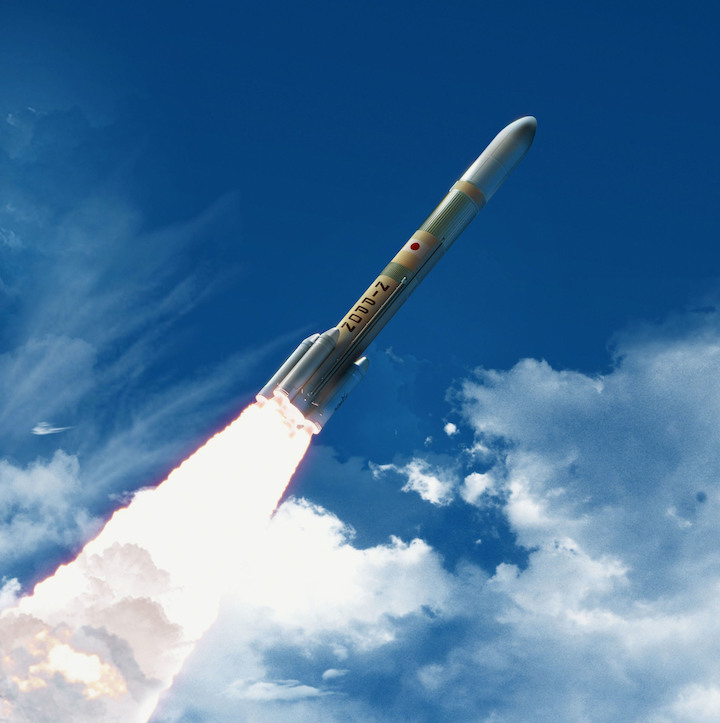12.11.2019

Mitsubishi Heavy Industries Ltd. is looking to develop an upgraded version of Japan’s mainstay next-generation H3 rocket capable of delivering heavy payloads deeper into space, company officials said.
The firm’s move comes after the country agreed this fall to take part in missions to the moon led by the United States, making it necessary for Japan to send a cargo transporter much further than its current range to the International Space Station.
The original H3 rocket it is jointly developing with the Japan Aerospace Exploration Agency (JAXA) will be operational from fiscal 2020. Its initial remit was to carry a cargo transporter, HTV-X, which will deliver food and batteries to the ISS, 400 kilometers above the Earth, starting in fiscal 2021. However, the scope of its usage has widened to include traveling to a proposed lunar orbiting space station — Gateway — after 2025.
JAXA is now thinking of splitting payloads across two spacecraft as the additional fuel needed to cover the extra distance would require a reduced burden on the rocket, which will carry the transporter part way toward lunar orbit, or 380,000 km away from Earth. The more powerful version of the H3 will be in development by 2030, company officials said.
Hiroshi Sasaki, director of JAXA Space Exploration Center, said cost is an issue as launch facilities at the Tanegashima Space Center in Kagoshima Prefecture need to be upgraded. “It will be cheaper to launch a rocket twice than develop a new rocket,” he said.
In order to cover the cost of operating the more powerful H3 rocket, “It is necessary to increase demand for large rockets in the country,” Sasaki said.
The 63-meter long H3 will replace Japan’s H-IIA and H-IIB rockets. It will be capable of carrying a 6.5-ton satellite to a geostationary orbit at a distance of 36,000 km from Earth.
Quelle: The Japan Times
